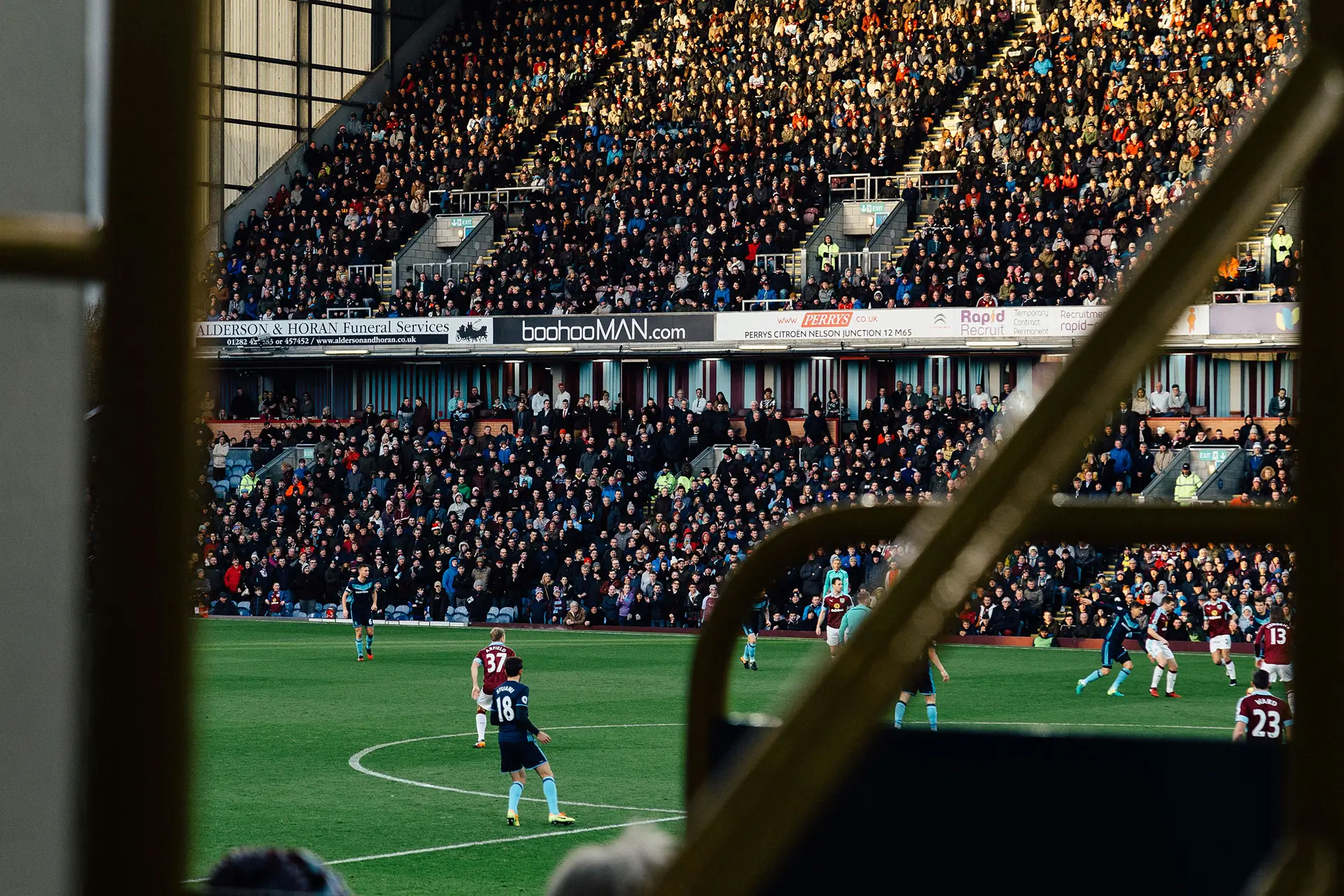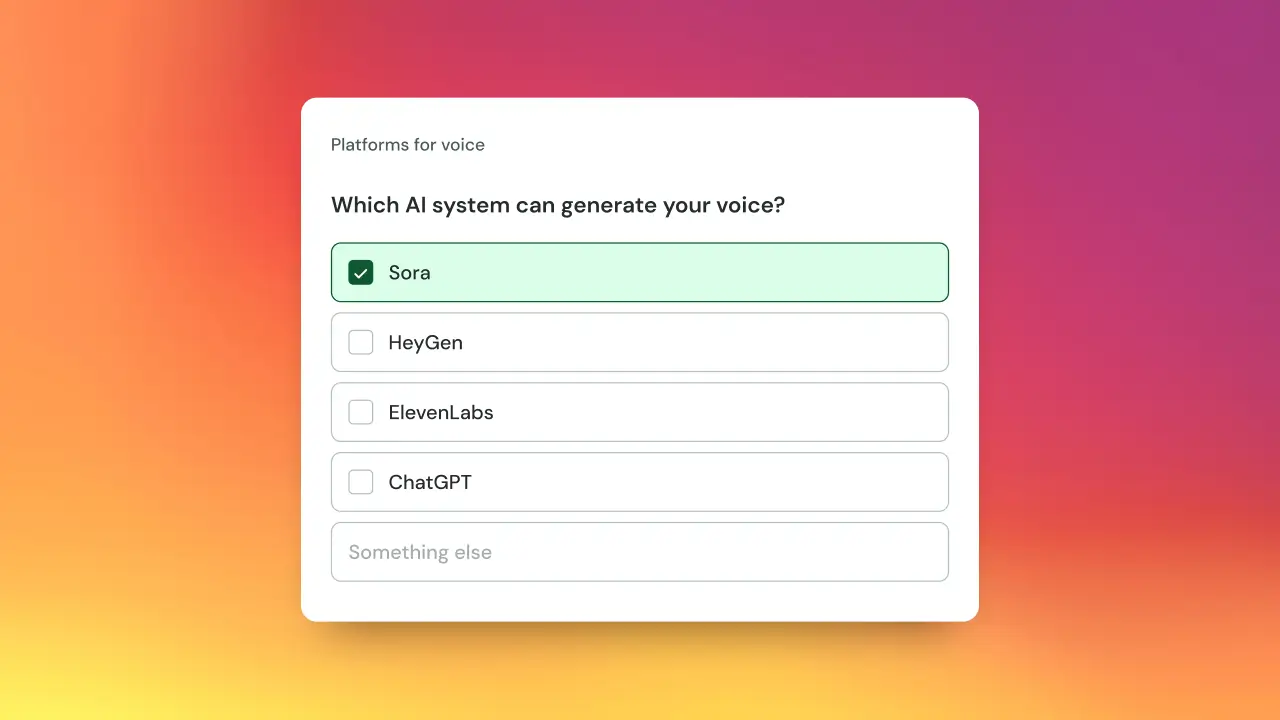In the Premier League, a footballer’s value extends far beyond the ninety minutes they spend on the pitch. Their name, face, voice, and even distinctive playing style are powerful commercial assets. They influence global audiences, sell products, and shape cultural moments. This is why usage rights - the permissions that dictate how, where, and for how long a player’s likeness can be used - are among the most important elements of modern football’s commercial ecosystem.
A footballer’s likeness includes more than just their photograph. It encompasses their name and signature, their image in motion or stills, their voice, and even recognisable personal traits, such as a trademark goal celebration, hairstyle, or tattoo. These are valuable forms of intellectual property that, in the Premier League, sit within a complex framework of rights shared between the player, their club, and the league itself.
The Premier League operates a hybrid rights model. Clubs have the right to use players’ likenesses in ways that promote fixtures, merchandise, and official partners, rights typically written into employment contracts. Players, meanwhile, retain personal rights that allow them to sign endorsement deals, provided these do not conflict with club or league sponsors. On top of this, the Premier League holds certain centralised rights for use in league-wide marketing, broadcasting, and partnerships, such as the official licensing of video games or fantasy football platforms. This overlapping system creates a patchwork of permissions that must be carefully navigated by any brand or media platform seeking to feature a player.
Where things become particularly complex is in campaigns that cross multiple domains. A brand might wish to feature a player in full club kit, which would require both the player’s approval and the club’s consent. A gaming or digital platform may want to replicate a player’s likeness in a way that falls outside existing league deals, necessitating direct negotiation with the player or their representatives. Even social media use can create rights issues if an image or clip is used in a way that suggests endorsement without explicit permission.
In recent years, disputes have arisen around how likeness is used in digital environments. Players such as Zlatan Ibrahimović and Gareth Bale have questioned whether their image was being fairly licensed in video games like FIFA (now EA Sports FC), raising broader concerns about who should profit from such usage. With the rise of generative AI, these questions are becoming even more urgent.
Generative AI platforms are now capable of creating highly realistic avatars, voices, and even interactive versions of players that can appear in training apps, fan experiences, or brand campaigns. For the Premier League, this presents both a threat and an opportunity. Without the right protections, players risk their likeness being replicated and commercialised without consent, leading to reputational harm, endorsement conflicts, and lost income. But with the right infrastructure in place, generative AI can unlock significant new revenue streams, allow players to feature in marketing without stepping away from their training schedules, and extend their global reach far beyond what is possible with traditional shoots.
One of the most exciting applications lies in brand partnerships on social media. For years, brands have relied on physical appearances, photoshoots, and content days to capture the assets they need for campaigns. This can be logistically difficult and time-consuming for players with demanding schedules. AI changes this dynamic. With properly licensed AI avatars, a boot manufacturer could produce dozens of personalised short-form videos featuring a player speaking directly to different audiences, in multiple languages, without the player having to film each one individually. A nutrition brand could integrate a player into seasonal product launches or TikTok challenges in real time, without waiting for travel windows or match breaks.
This agility is a huge value-add for sponsors. Campaigns can be localised, refreshed, and scaled instantly, keeping content relevant to current events or match results. For players, it means they can maintain a consistent and high-quality brand presence across Instagram, TikTok, YouTube, and emerging platforms, all without overcommitting their time or risking overexposure. For clubs and leagues, it strengthens commercial partnerships by giving official sponsors more ways to activate their association with players, while keeping control over how and where assets appear. It also opens up opportunities for clubs to increase sponsorship deals and boost their own brand equity on a global scale, using AI as a personalisation and localisation tool to deliver content that resonates in specific markets. This means a club can drive deeper fan engagement in new or growing regions, tailoring player and brand content to the cultural nuances and languages of target audiences, and doing so at speed and scale that would be impossible with traditional production methods.
TrueRights enables this by putting the right licensing frameworks in place. We work with players, clubs, and brands to agree on exactly how AI-generated likeness can be used, defining territory, duration, platforms, and creative limits. Every use is tracked, permissions are clear, and commercial terms are enforced. That means players can safely license their likeness into AI tools for brand partnerships on social media, confident that the use is approved, monitored, and delivering value. For brands, it removes the legal uncertainty and operational friction that often come with sports partnerships, making collaboration faster, cleaner, and more innovative.
In the Premier League, image rights have always been tightly guarded, but in the age of AI, the stakes are higher than ever. By combining clear rights management with forward-looking licensing models, players and teams can embrace new technologies without losing control of their most valuable asset: themselves.





